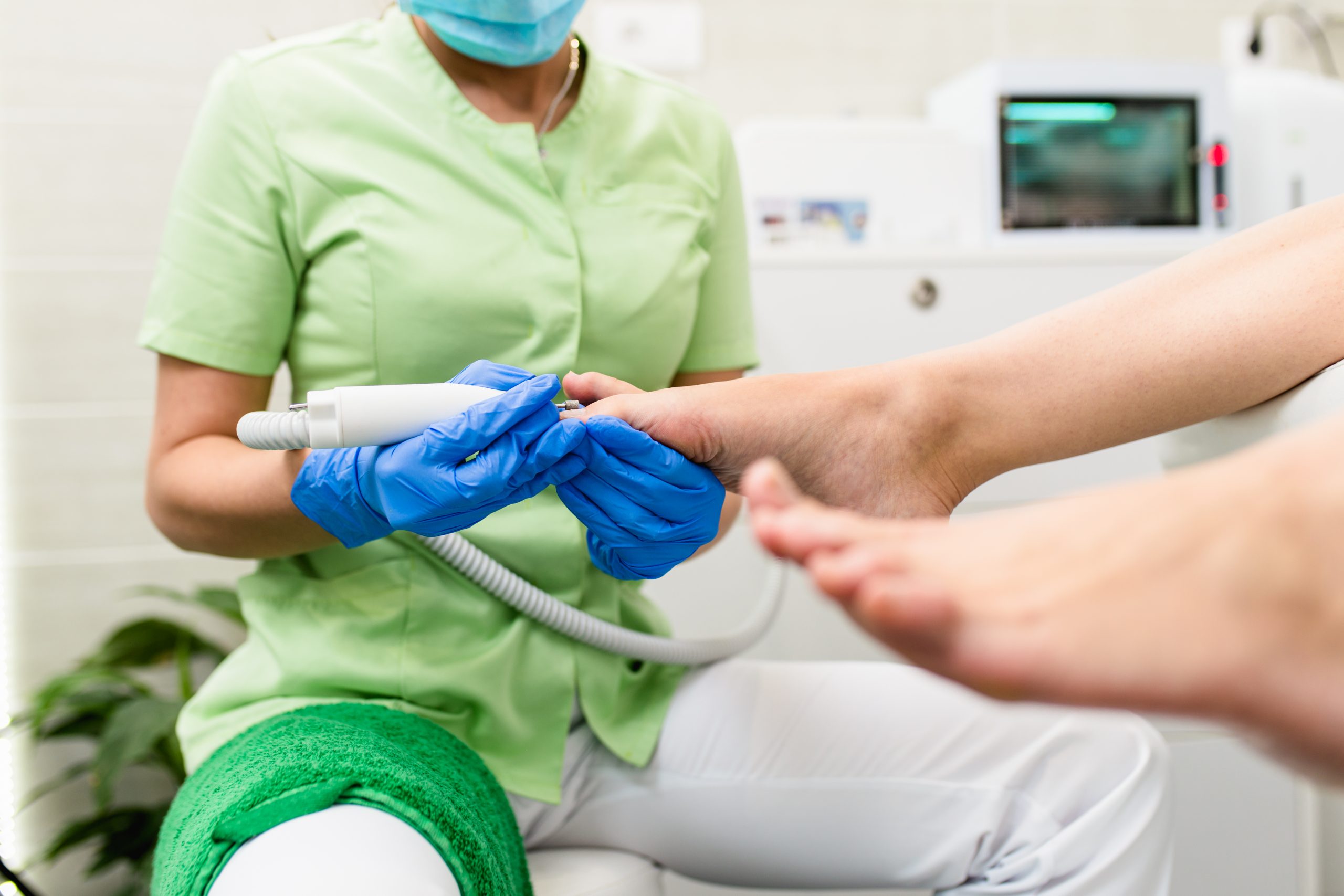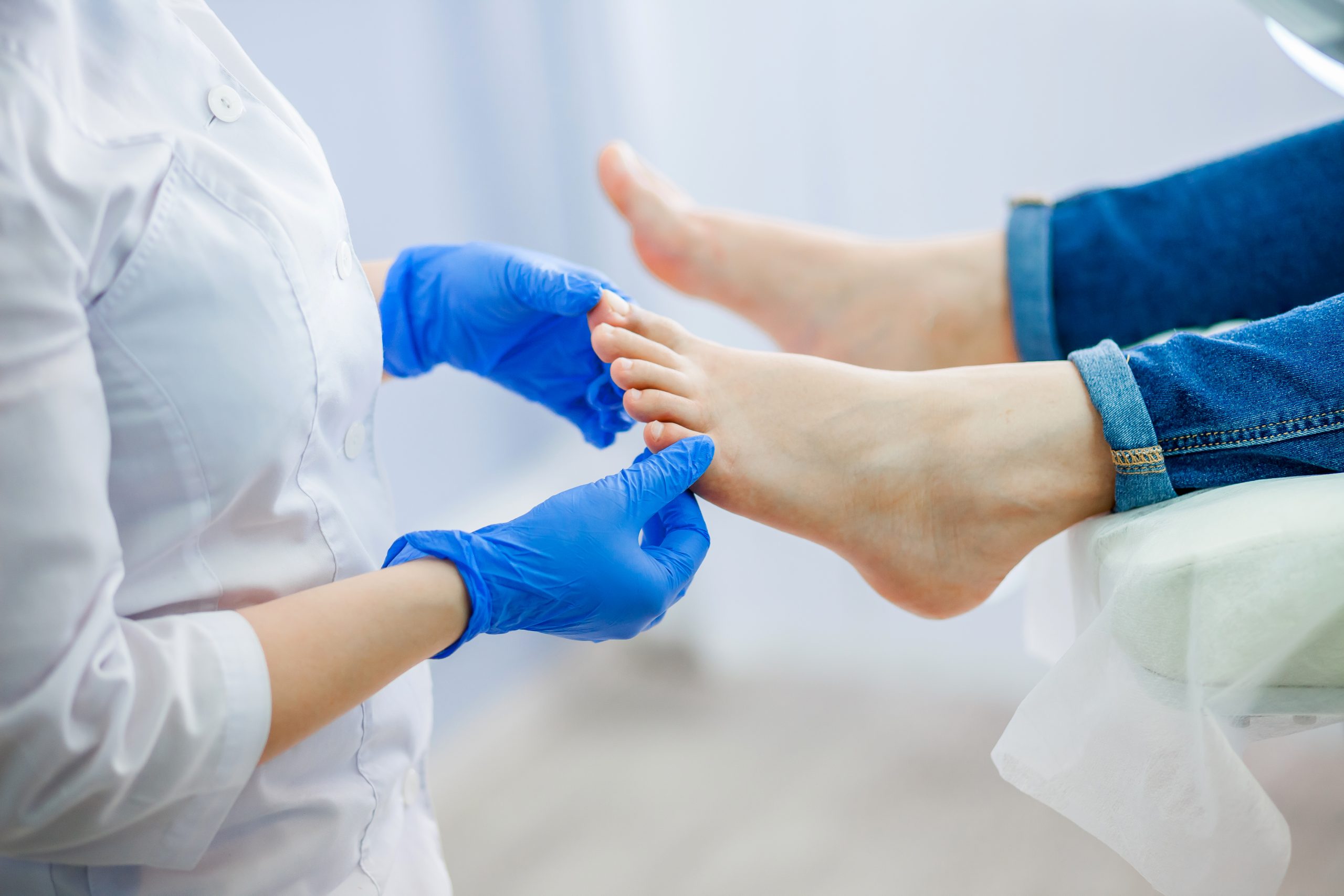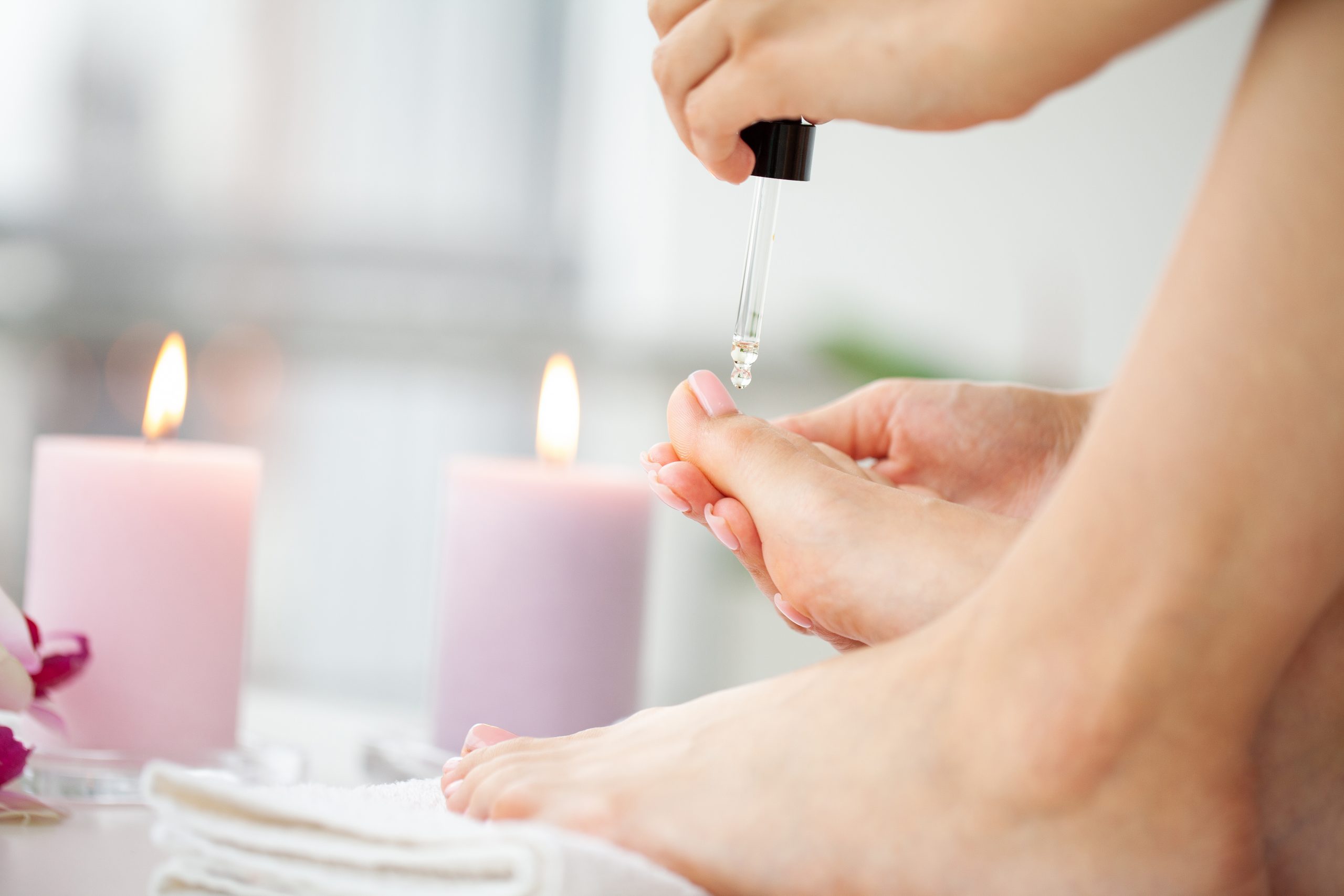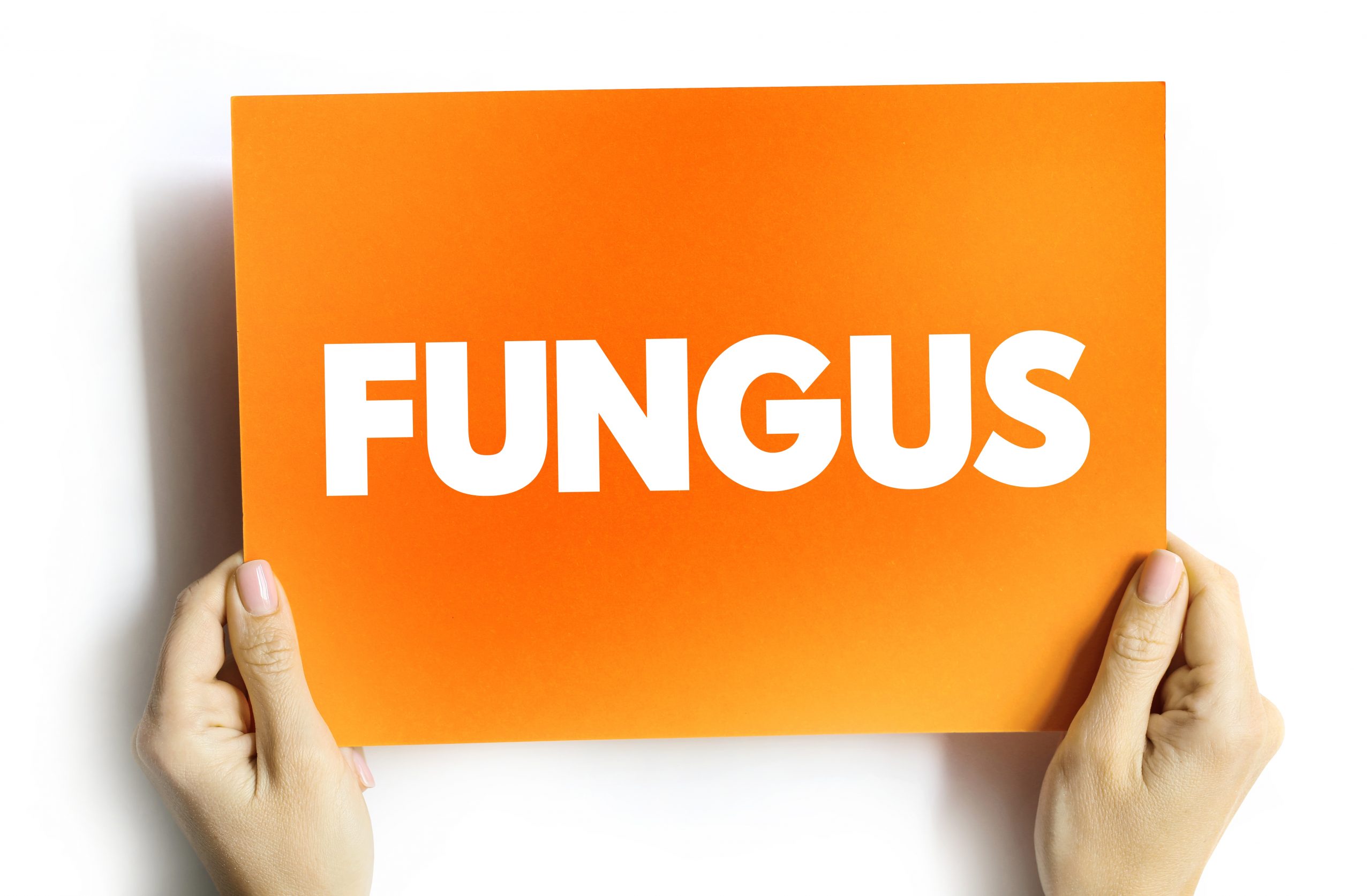Visiting a nail salon for a pedicure or manicure can be a relaxing and enjoyable experience. However, it’s important to be aware of the potential risks associated with nail salon visits, particularly the risk of toenail fungus. Toenail fungus, also known as onychomycosis, is a common fungal infection that can be contracted in environments where proper hygiene practices are not followed. In this article, we will explore some essential tips to prevent toenail fungus when visiting nail salons.
Choose a Reputable Salon: The first step in preventing toenail fungus is to choose a reputable nail salon. Do some research beforehand and select a salon with good reviews, clean facilities, and a reputation for adhering to strict hygiene practices. Reputable salons prioritize cleanliness and follow proper sanitation procedures, reducing the risk of fungal infections.
Sanitization and Sterilization: Ensure that the nail salon follows strict sanitization and sterilization practices. The tools used in nail treatments, such as nail clippers, cuticle pushers, and files, should be properly cleaned and sterilized between each client. Ask the salon staff about their sanitization protocols and observe their practices to ensure that they are following proper hygiene standards.
Personal Nail Care Items: Consider bringing your own nail care tools to the salon. This includes nail clippers, files, and buffers. By using your own tools, you eliminate the risk of cross-contamination from improperly cleaned or shared tools. Remember to keep your personal tools clean and properly stored between uses to prevent the growth of bacteria or fungi.
Foot Baths and Pedicure Chairs: Foot baths and pedicure chairs are common sources of fungal contamination. Before getting a pedicure, ensure that the salon properly cleans and disinfects their foot baths after each use. The use of disposable liners or thorough cleaning and disinfection of non-disposable foot baths is essential to prevent the spread of toenail fungus. Similarly, pedicure chairs should be thoroughly cleaned and disinfected to prevent cross-contamination between clients.
Proper Foot Hygiene: Prior to your salon visit, ensure that your feet are clean and dry. Dirty or damp feet provide a favorable environment for fungal growth. Cleanse your feet thoroughly with soap and water, paying attention to the spaces between the toes. Dry your feet completely, including between the toes, as moisture can contribute to fungal growth.
Avoid Sharing Footwear: While at the nail salon, avoid sharing footwear with other clients. Wearing sandals or open-toed shoes can reduce the risk of fungal contamination from shared shoes. If you’re receiving a pedicure, consider bringing your own flip-flops or sandals to wear during the treatment.
Nail Polish and Nail Products: Using nail polish or other nail products from shared containers or testers can increase the risk of fungal infection. When getting a manicure or pedicure, request that the nail technician use fresh, unopened products or individual portions of nail polish. This reduces the risk of cross-contamination from shared containers.
Recognize the Signs of Infection: Be vigilant for any signs of toenail fungus or other nail infections. If you notice discoloration, thickening, brittleness, or changes in the texture or shape of your nails, seek prompt medical attention. Early intervention can prevent the spread of the infection and facilitate more effective treatment.
By following these preventive measures, you can reduce the risk of toenail fungus when visiting nail salons. Remember to prioritize cleanliness, choose a reputable salon, and maintain good foot hygiene. It’s important to be proactive in protecting your nail health and seeking prompt treatment if you suspect





